Antarctica Day
Don't forget to log in to the PolarConnect webinar on Monday, December 3. Topics will include Antarctica Day and the WISSARD project. It starts at 10:30 Pacific Standard Time. Register and get information at http://www.polartrec.com/polar-connect/register
New People
A flight came in Friday bringing more people that are joining the WISSARD Project. I’ve said this before, but it’s worth repeating – WISSARD is a big project. In fact, it’s the biggest project to occur in Antarctica since the IPY (International Polar YearThe International Polar Year (IPY) is a two year (2007-2009) program of international research and education focused on the Arctic and Antarctic. Click here for more information about IPY.) in 2007-2008. In total there will be forty scientists and support people working on it through January of 2013.
One of our new people is a professional videographer from Chicago, Dave Monk. I’m hoping to get some good tips and guidelines from him that will help me be a better photographer. To start the process, I took him on a tour of town so he can see what’s here and start getting ideas for some of the stories he wants to tell about our work down here. We also went out to hut point where there are normally 5 or 6 seals on the ice. We were lucky – they were there and Dave got some video that he was very happy with of the seals. I also got some video and stills of them. They tend to look like big slugs lying on the ice.

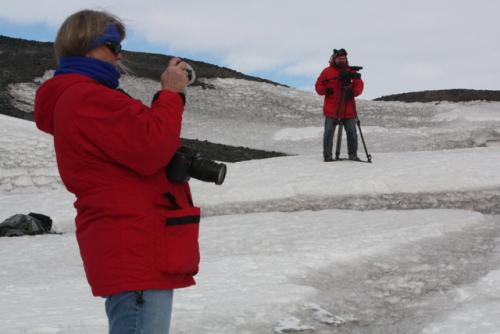
The Job Site
Our test site out on the ice shelf (thick, permanent ice) is looking good. Most of the equipment is in position. One big piece is still being assembled out on the sea ice and will need to be towed into position before we can start drilling. The biologists and chemists on the team are putting together the equipment they need in their field labs. We’ve started having daily status meetings to make sure everyone knows how work is progressing. There’s more action and activity as we get closer to startup.
One of the big gaps right now is having enough electric power. We have two big generators that each put out 250 kilowatts of energy when they’re running, but they’re not running yet. We’re waiting for some connectors so we can literally “plug” them into our power system. It’s like building an electric system for a small village.
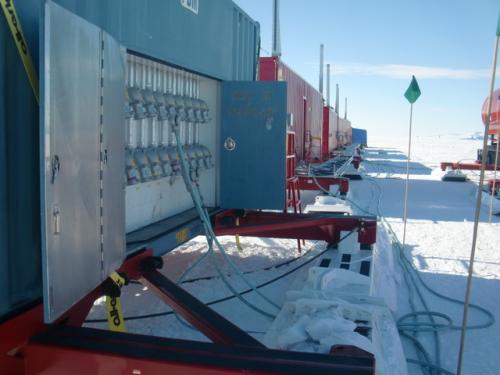
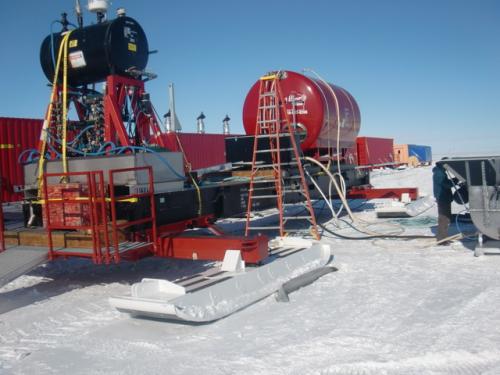
A New Airport
Every year McMurdo builds two airports. The first airport is on sea ice and is used until about December first. After December the sea ice starts to break down and it’s not safe to land 400,000 pound aircraft like the C17 on it (I’m glad for that!). The sea ice runway is close to town and it’s a lot more convenient for everyone.
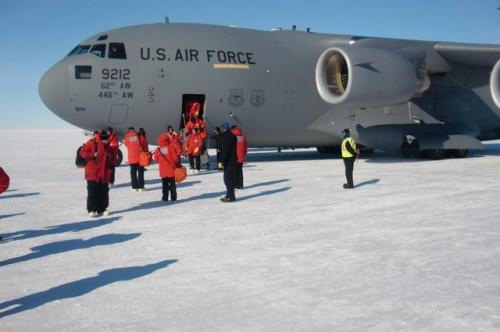
After the sea ice can’t be used anymore, the airport is moved to a spot called Pegasus. Pegasus is on the permanent ice shelf – ice that doesn’t melt because it forms from glacial outflow, not just the freezing of the surface ice on the ocean like sea ice. The down side of Pegasus is that it is about from town and takes about an hour to get to, so it’s adds a lot of time to your day if you have to go out there. It also has a long fuel line going out there that is laid on the ice.
Another change with the transition to Pegasus is that the heavier C17’s no longer come in because the surface is a bit softer and they can’t land there. The lighter (155,000 pound) ski and wheel equipped LC130’s and regular wheeled Airbus passenger planes can both land at Pegasus.
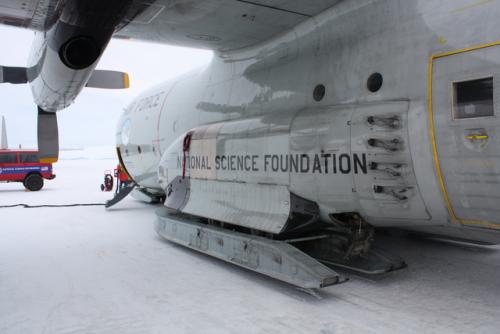
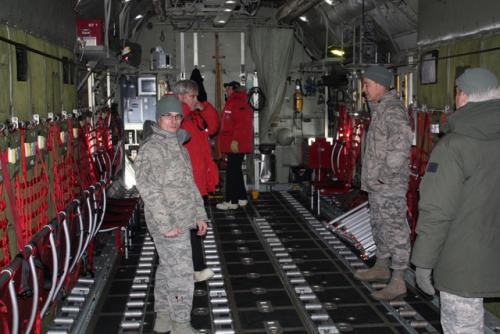
Both airports are built the same way. Big tractors clear and compact the snow that is on top of the solid ice to form the runway. The control tower and buildings are mounted on sleds, so they get towed from one spot to the other when it’s time to move. The move takes about one or two days to complete. When it’s done everything goes back to normal operations.
It’s Worth the Wait
All of these changes are things that we need to keep up with on WISSARD because they affect HOW we do our work. The projects objective is to collect data from under the ice sheet. Without the people or the airplanes to carry people in and out, we can’t do the work. Without roads across the ice, we can’t get to the work areas. If we can’t do the work, we won’t collect the data. If we don’t collect the data, the project can’t succeed.
I hope that you are getting the idea that science is important and it provides lots of answers to our questions. . . BUT having a successful science project also means planning for all of the things you can’t control, like airport moves. WISSARD had been planning and working for six years now, and if everything comes together the way it should, it will get its first data in January, 2013. It’s been a long time, but it will be worth the wait.
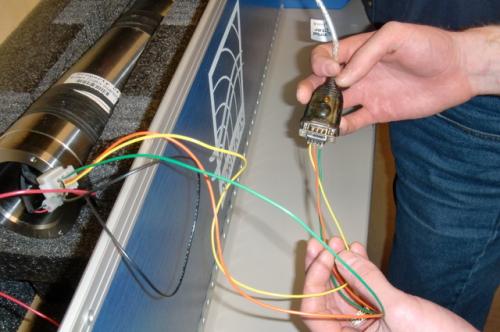


Comments